By Yoo Kyung Sung, University of New Mexico, Albuquerque NM
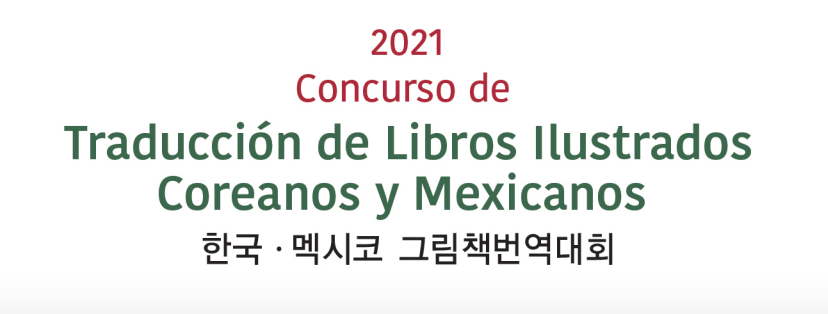 This month, I invite the WOW Currents audience to partake in global intercultural and language celebration events that unite young and adult readers with languages and cultures from contemporary nations across diverse countries. This edition of WOW Currents invites readers to take a closer look at select award-winning books from recent translation competitions, including Korean to Spanish, Spanish to Korean, Korean to Arabic, and Arabic to Korean languages. The award ceremonies for these competitions were held at the Korean Embassy in Mexico City and the Seoul International Book Exhibition, marking significant intercultural solidarity programs in the field of translation and cultural exchange. Continue reading
This month, I invite the WOW Currents audience to partake in global intercultural and language celebration events that unite young and adult readers with languages and cultures from contemporary nations across diverse countries. This edition of WOW Currents invites readers to take a closer look at select award-winning books from recent translation competitions, including Korean to Spanish, Spanish to Korean, Korean to Arabic, and Arabic to Korean languages. The award ceremonies for these competitions were held at the Korean Embassy in Mexico City and the Seoul International Book Exhibition, marking significant intercultural solidarity programs in the field of translation and cultural exchange. Continue reading


 This month, WOW Currents highlights the trends in global books published in the U.S. between Summer 2019 and 2020. Each summer, I work on an update for the
This month, WOW Currents highlights the trends in global books published in the U.S. between Summer 2019 and 2020. Each summer, I work on an update for the 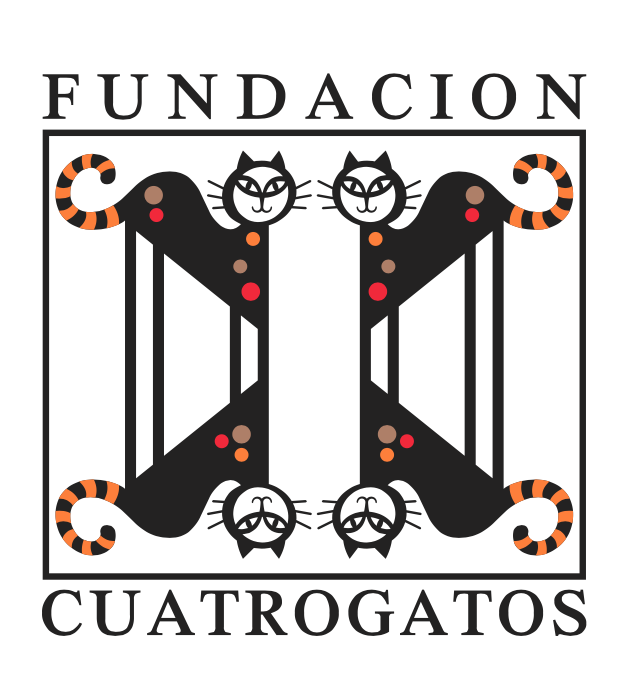
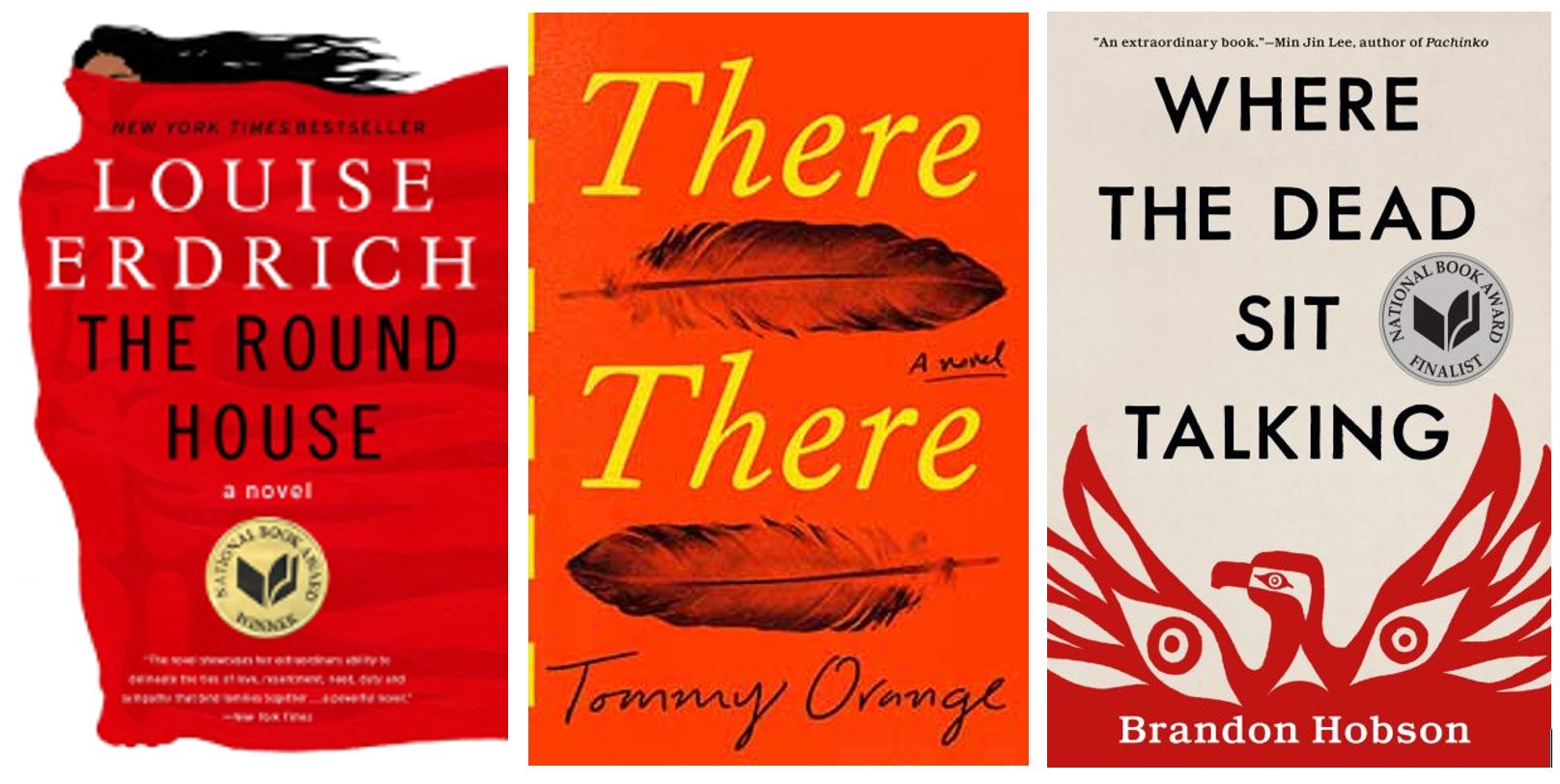
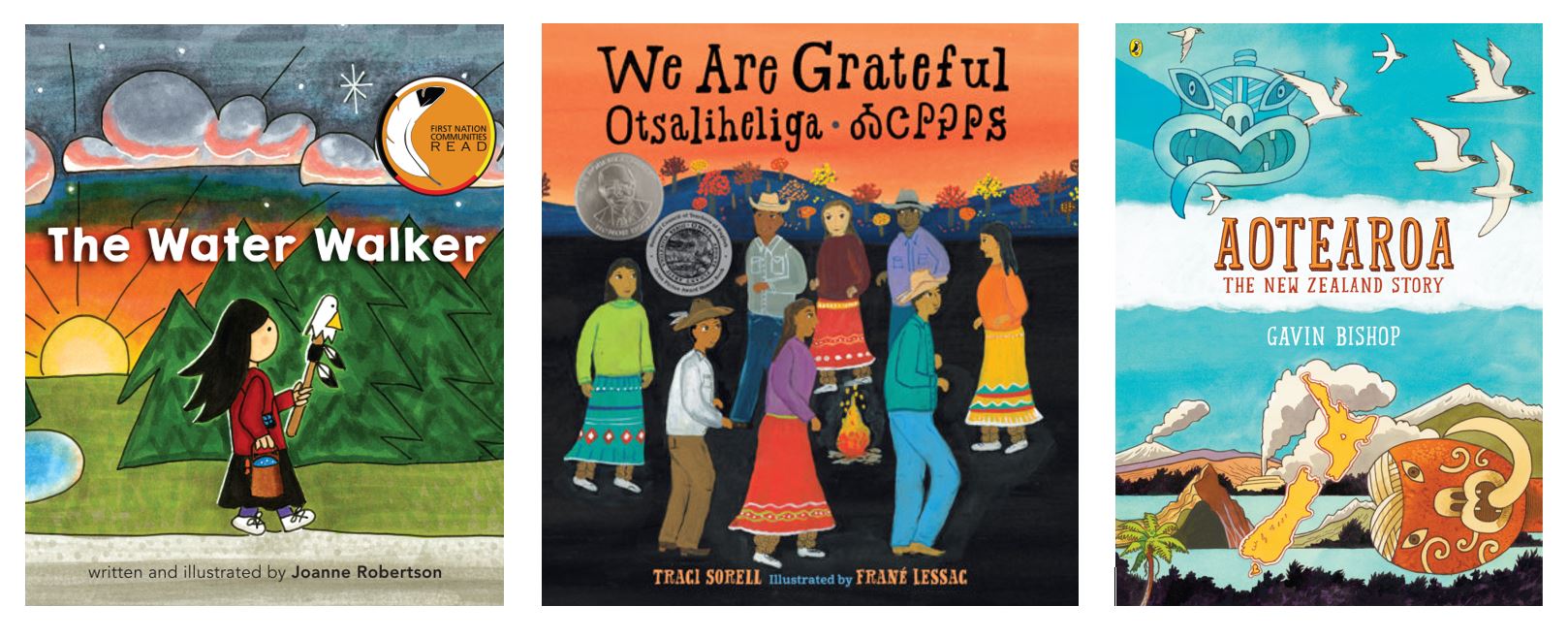
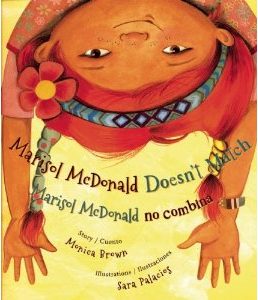 One of my favorite book characters who exhibits this same multicultural view of herself is Marisol McDonald (
One of my favorite book characters who exhibits this same multicultural view of herself is Marisol McDonald (